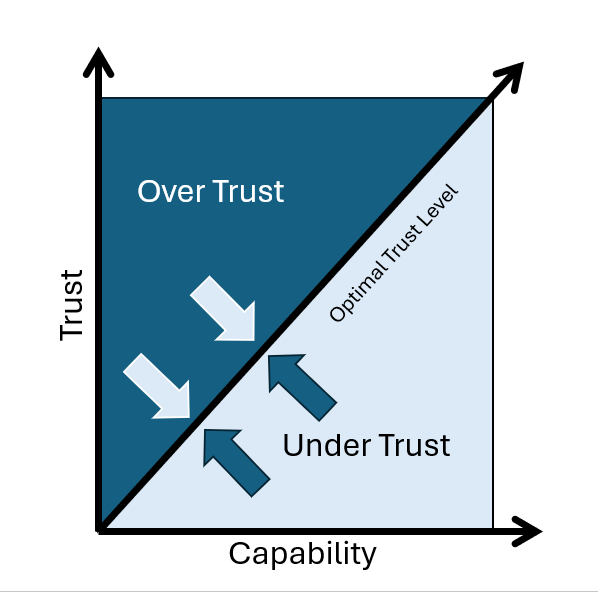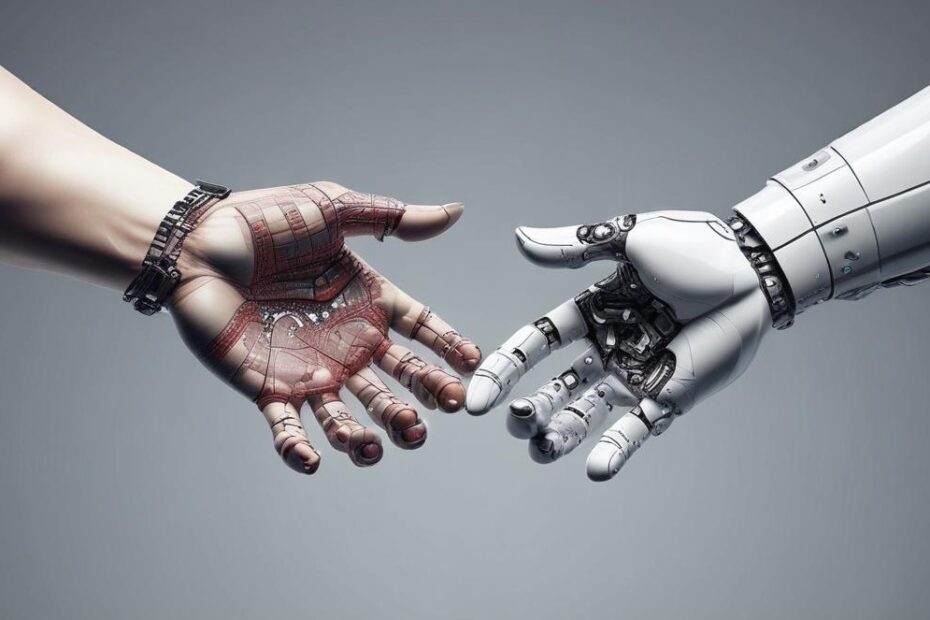Exploring the Impact of Generative AI Across Industries
In the ever-evolving landscape of artificial intelligence (AI), one aspect stands out for its sheer creativity and innovation: generative AI. This revolutionary technology is transforming industries, pushing the boundaries of what’s possible in art, design, healthcare, finance, and beyond. Let’s delve into the fascinating world of generative AI and explore its profound impact on various sectors.
Understanding Generative AI
Generative AI refers to a class of algorithms capable of autonomously creating original content. These algorithms, often based on neural networks, learn from vast datasets and generate new content that closely resembles the input data. Notable approaches include Generative Adversarial Networks (GANs) and Recurrent Neural Networks (RNNs).
Art and Design: Redefining Creativity
Generative AI is revolutionizing the creative process in art and design. Artists and designers can now leverage generative models to explore endless variations and experiment with new concepts. For instance, the artist Mario Klingemann’s “Memories of Passersby I” utilized GANs to generate constantly evolving portraits, blurring the lines between human and AI creativity.
Examples:
- A digital artist uses a GAN to generate endless variations of abstract paintings, exploring new color schemes and compositions.
- A graphic designer employs generative algorithms to create unique patterns and textures for textile designs, resulting in visually stunning fabrics.
Healthcare: Accelerating Drug Discovery:

In healthcare, generative AI is accelerating drug discovery by rapidly generating novel chemical compounds with therapeutic potential. For example, the startup Atom-wise employs deep learning models to predict molecular structures and identify promising drug candidates. This approach significantly expedites the drug development process, potentially saving lives.
Examples:
- A pharmaceutical company utilizes generative AI to design novel molecules with potential therapeutic properties for treating a specific disease, accelerating the drug discovery process.
- Researchers use deep learning models to analyze medical imaging data and generate personalized treatment plans for patients, improving diagnostic accuracy and patient outcomes.
Finance: Enhancing Trading Strategies

Generative AI is reshaping the financial landscape by generating sophisticated trading strategies. Hedge funds and investment firms utilize AI algorithms to analyze market trends, identify patterns, and execute trades with unprecedented speed and accuracy. This enables them to stay ahead of the curve in an increasingly competitive market environment.
Examples:
- An investment firm employs AI-powered trading algorithms to analyze market data and generate predictive models for identifying profitable trading opportunities.
- A hedge fund uses generative AI to simulate market scenarios and optimize portfolio allocations, mitigating risks and maximizing returns for investors.
Manufacturing: Optimizing Product Design
In manufacturing, generative AI is optimizing product design by generating innovative and efficient solutions. Companies like Autodesk leverage AI-driven design tools to create complex geometries that maximize performance and minimize material usage. This results in products that are not only functional but also environmentally sustainable.
Examples:
- An automotive company utilizes generative design software to generate lightweight and aerodynamic vehicle components, improving fuel efficiency and performance.
- A furniture manufacturer employs AI-driven design tools to create innovative furniture designs that are both aesthetically pleasing and structurally sound, reducing material waste and production costs.
Ethical Considerations and Challenges

Despite its immense potential, generative AI raises ethical concerns regarding copyright infringement, data privacy, and the responsible use of AI-generated content. Stakeholders must address these challenges proactively and ensure that generative AI serves the greater good while upholding ethical standards.
Conclusion
Generative AI represents a paradigm shift in creativity and innovation across industries. From art and design to healthcare and finance, its impact is profound and far-reaching. As we continue to unlock its potential, it’s essential to navigate the ethical implications carefully and harness the power of generative AI for the betterment of society. The journey ahead is exciting, and the possibilities are limitless.
Author: Hari Vignesh
